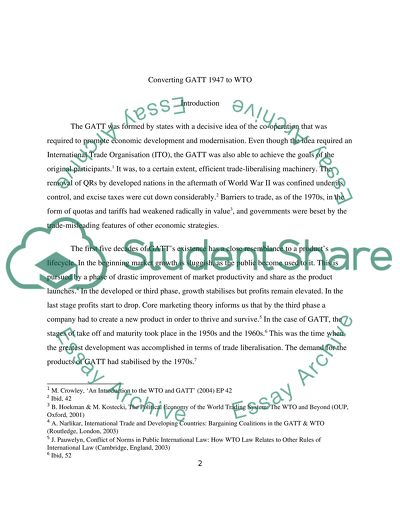Cite this document
(“Why was it is necessary to replace GATT 1947 what are the main Essay”, n.d.)
Retrieved from https://studentshare.org/environmental-studies/1405065-why-was-it-is-necessary-to-replace-gatt
Retrieved from https://studentshare.org/environmental-studies/1405065-why-was-it-is-necessary-to-replace-gatt
(Why Was It Is Necessary to Replace GATT 1947 What Are the Main Essay)
https://studentshare.org/environmental-studies/1405065-why-was-it-is-necessary-to-replace-gatt.
https://studentshare.org/environmental-studies/1405065-why-was-it-is-necessary-to-replace-gatt.
“Why Was It Is Necessary to Replace GATT 1947 What Are the Main Essay”, n.d. https://studentshare.org/environmental-studies/1405065-why-was-it-is-necessary-to-replace-gatt.


